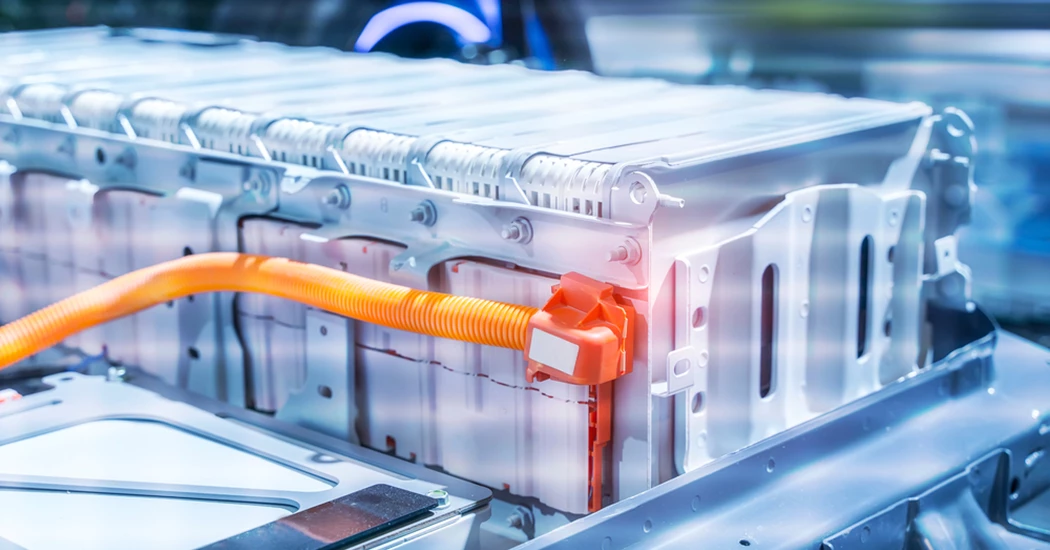Rapid expansion of batteries crucial to meet global energy security goals, says IEA
Growth in batteries outpaced almost all other clean energy technologies in 2023 as falling costs, advancing innovation and supportive industrial policies helped drive up demand for a technology that will be critical to delivering the climate and energy targets outlined at COP28, according to a new IEA report.
In the first comprehensive analysis of the entire battery ecosystem, the IEA’s Special Report on Batteries and Secure Energy Transitions sets out the role that batteries can play alongside renewables as a competitive, secure and sustainable alternative to electricity generation from fossil fuels – while also underpinning the decarbonisation of road transport by powering electric vehicles.
Falling costs and rising demand
In less than 15 years, battery costs have fallen by more than 90%, one of the fastest declines ever seen in clean energy technologies, according to the agency.
The most common type of batteries, those based on lithium-ion, have typically been associated with consumer electronics. But today, the energy sector accounts for over 90% of overall battery demand.
In 2023 alone, battery deployment in the power sector increased by more than 130% year-on-year, adding a total of 42 gigawatts (GW) to electricity systems around the world. In the transport sector, batteries have enabled electric car sales to surge from 3 million in 2020 to almost 14 million last year, with further strong growth expected in the coming years, the IEA said.
Scaling up renewables
“The electricity and transport sectors are two key pillars for bringing down emissions quickly enough to meet the targets agreed at COP28 and keep open the possibility of limiting global warming to 1.5 °C,” said IEA Executive Director Fatih Birol.
“Batteries will provide the foundations in both areas, playing an invaluable role in scaling up renewables and electrifying transport while delivering secure and sustainable energy for businesses and households. The combination of solar PV and batteries is today competitive with new coal plants in India. And just in the next few years, it will be cheaper than new coal in China and gas-fired power in the United States,” he said.
Battery deployment will need to scale up significantly between now and the end of the decade to enable the world to get on track for its energy and climate goals, according to the report. In this scenario, overall energy storage capacity increases sixfold by 2030 worldwide, with batteries accounting for 90% of the increase and pumped hydropower for most of the rest.
By enabling greater shares of renewables in the power system and shifting electricity supply to when it’s most needed, batteries will help advance progress on the goals set at COP28.
These include tripling renewable energy capacity by 2030, doubling the pace of energy efficiency improvements and transitioning away from fossil fuels. To triple global renewable energy capacity by 2030, 1 500 GW of battery storage will be required. A shortfall in deploying enough batteries would risk stalling clean energy transitions in the power sector.
Scaling up batteries globally
To scale up batteries globally, the report found that costs need to come down further without compromising quality and technology. Ensuring energy security also requires greater diversity in supply chains, including for extracting and processing the critical minerals used in batteries – and for manufacturing the batteries themselves.
Countries are already tackling this through ambitious industrial programmes to support local manufacturing capacity with targeted policies in the United States, European Union and India among others.
Focus on battery manufacturing
Global battery manufacturing has more than tripled in the last three years. While China produces most batteries today, the report shows that 40% of announced plans for new battery manufacturing is in advanced economies such as the United States and the European Union. If all those projects are built, those economies would have nearly enough manufacturing to meet their own needs to 2030 on the path to net zero emissions.
KEEPING THE ENERGY INDUSTRY CONNECTED
Subscribe to our newsletter and get the best of Energy Connects directly to your inbox each week.
By subscribing, you agree to the processing of your personal data by dmg events as described in the Privacy Policy.















